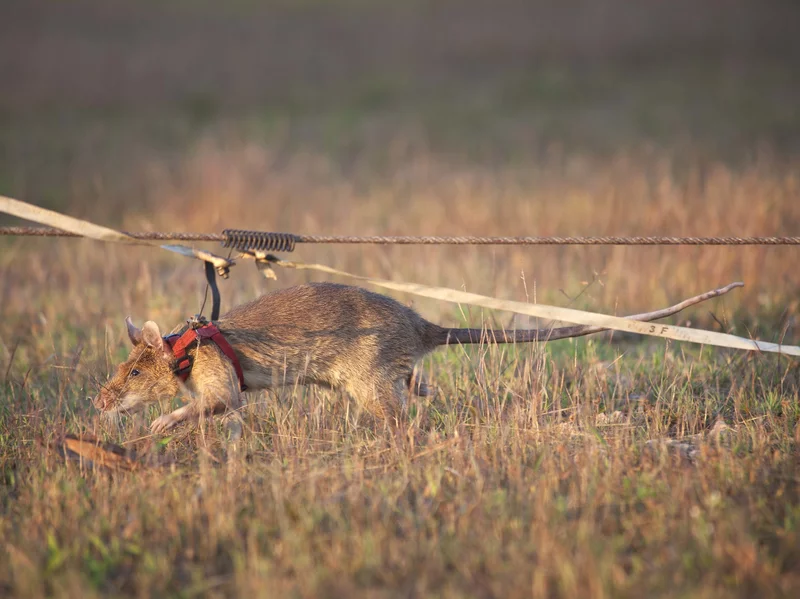

from the desk of Bob Siederer
Hello again Science Fans!
Social media is chock full of cute videos of cats, dogs, and other critters doing funny things, being rescued, etc. The connections between humans and the rest of the animal kingdom are complex and not that well studied, when you consider the number of species out there.
So today, I’m starting off with a few stories that crossed my screen about those creatures with whom we share the planet.
Up first is Magawa, a Gambian pouched rat in Cambodia who has saved lives by sniffing out land mines. Magawa is retiring, hopefully to piles of cheese. Well deserved!
Our relationship with dogs is pretty special. While we can’t understand them directly, we can communicate. A new study says dogs are able to understand complex ideas that we take for granted, such as pointing, at a very early age.
Meanwhile, a pack of 15 elephants is wandering around China after escaping from a wildlife preserve last year, and the people of China can’t stop watching them. Elephants are, of course, equipped with a trunk, and a new study shows the biomechanics of how they use it for just abut everything. Warning, this is an in-depth research paper.
We’re all familiar with magic tricks, also known as slight-of-hand. A skilled magician can fool us into seeing things that aren’t. Not Eurasian jays!
The Western monarch butterfly population has dropped dramatically in the past few years. In an attempt to help the butterfly recover, 30,000 native milkweed plants will be planted in areas of California. This is the only plant these monarchs lay their eggs on, and the only plant their caterpillars eat.
Moving to space, the Juno probe that is circling Jupiter just flew close to Ganymede, the solar system’s largest moon. Here’s what it saw.
The Perseverence rover continues to explore Mars. But it is not alone. The Chinese rover, Zhurong, returned its first pictures. Of course, they were selfies.
How many oceans are there on Earth? Four, you say? No longer! The National Geographic Society has decided to rename the waters surrounding Antarctica as the Southern Ocean.
The vaccines approved for the fight against COVID-19 so far are nothing short of amazing. Here’s an article explaining why mRNA vaccines may just be the start of a revolution in vaccines, and some of the people behind them. But even with such a successful vaccine in use now, a different type of COVID vaccine is on the horizion with promissing benefits.
We occasionally point out the absurd, and I’ve got a couple of doozies for you this week. First, there’s Rep. Louie Gohmert (R – Texas) asking a US Forest Service official if they could change the orbits of the Earth or moon to combat climate change. To start with, the Forest Service has nothing to do with space.
Then we have the nurse in Ohio who testified before the state Legislature, claiming that COVID vaccines make us magnetic. She attempted (and failed) to prove this using a key apparently made from aluminum. Yes, aluminum, which is not magnetic under normal circumstances.
While both those stories are funny in a sad way, here’s a video that I find funny in a good way. It has nothing to with Science though. Like many of you, I’ve found myself going down the YouTube rabbit hole during the past few months. I’ve found some truly interesting travel, music theory, aviation, and construction channels. Well, interesting to me anyway. More than once I’ve come up for air after several hours of watching these things after starting with the intention of just watching one episode.
This one is cultural and is a channel created by a German native who now lives in the US. I’ve found her observations on life in the US vs. Germany to be interesting. Her linguistic abilities put many native English speakers to shame. This particular episode is about some of the things that make English so difficult to learn for non-native English speakers, told in a humorous way. But any of her vlogs are worth a watch. Just beware of the rabbit hole.
Have a great week in Science!
Bob Siederer
